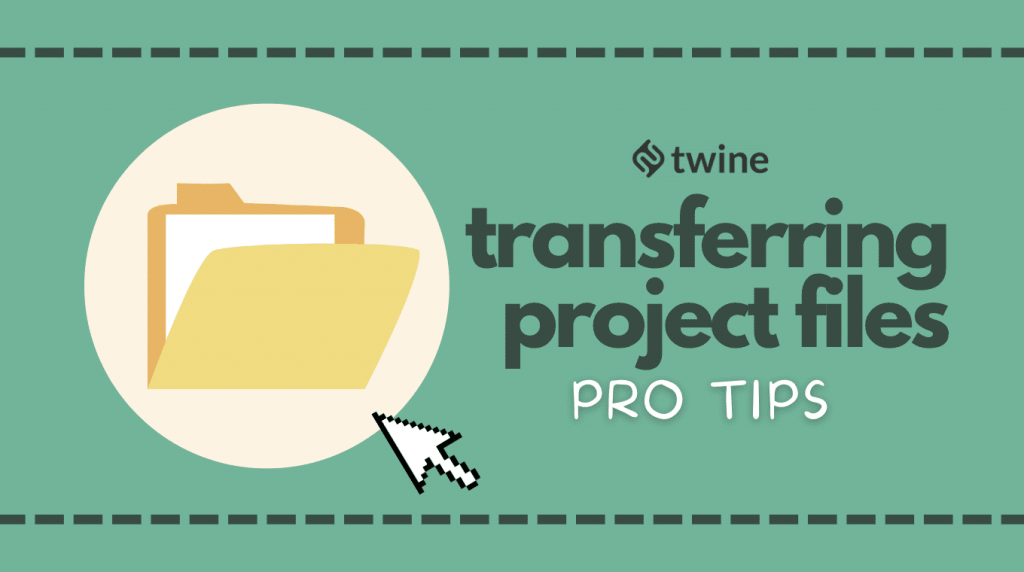
These days there’s no need to send low-quality compressed stems via email when there are so many awesome file-sharing sites around. Here’s our guide to good practices when sharing documents online.
1. Plan your file structure
Don’t let your project folders get in a mess. Files scattered everywhere aren’t good for anyone.
However, it’s also really annoying when every file is in a folder when they don’t need to be. Plan your file structure from the beginning so it’s set up best for everyone. Just don’t have too many layers.
Any project folder with more than 5 folder layers is unnecessarily complex unless it’s an orchestral recording for a movie score or you’ve done tonnes of takes.
2. Naming Conventions
You’ve got to establish from the outset what system you’re going to use to name files in your project folder. Include initials, date, and version number every time you export to make it easy to see who last worked on it and when.
Just make sure the filename is practical and easy to find, don’t call it ‘Bob’s file’.
3. Labels and colors: Make it easy to find stuff
Labels and tags are an awesome way to speed up your workflow. They enable you to search for just the files containing those tags helping you cut through folders that are chock-a-block with ease.
Choose short, memorable keywords and have a good color code system for the document files. People respond to color much quicker than words so help them work faster by coding project file types and versions by color.

4. Sort out your permissions
Not everyone will need the same access to all documents all of the time. Think about what you need to share and who needs to have access to your documents.
Consider whether you might need to offer levels of permissions to firstly access content and secondly consider whether you need users to edit or only view content. Consider whether users might ever require access to files ‘off line’ and set up the folder.
5. Managing updates
It is really frustrating and a massive time easter to spend hours working on a project only to find that it wasn’t the latest version of the software so doesn’t open properly.
Or they’re using a different version of a plugin and so when you open up the project you’re greeted with a load of error messages. It can really set back the completion date of your project and potentially lose you money.
It takes no effort to keep your software and plugins updated so keep on top of it to avoid embarrassment.
6. Data Security
Your data is precious so keep it safe and secure. If you’re really worried then encrypt the folder and set passwords. If you’re really serious or have got tonnes of passwords then use a password manager.
7. Don’t be a file hoarder
Be brutal with files you don’t need. A cluttered hard drive makes it really difficult to work effectively and will just stress you out.
If a file’s sat there for months on end and has no clear use then cut the excuses and get rid of it. Good organization makes it possible to cope with bigger quantities of files, but everyone has their limits!



